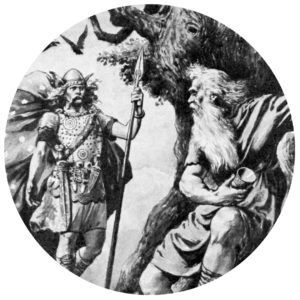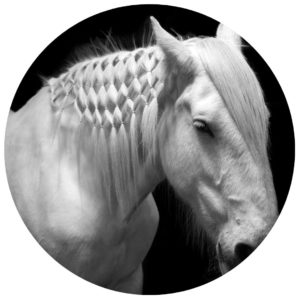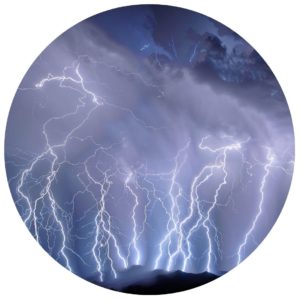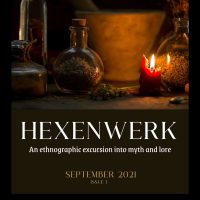No products in the cart.
Mythology deriving from Greek "Mythos" and "logos" meaning the spoken story of a people...
The Myths and tales of the norse Pantheon surely are a fascination and passion for many people. And for some, it was their cause and reason why they felt attracted to pre-christian cultures. When we study Norse Mythology we first must understand what Norse, in this context, actually means. The medieval Scandinavian people were of the Germanic language group. Swedish, Norwegian, Danish and Icelandic are North Germanic languages and originate from Indo-European migrations.
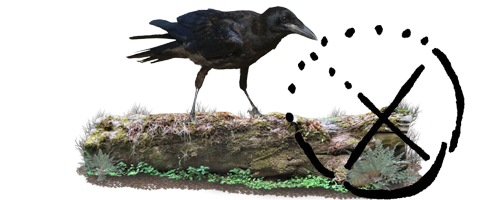
It is often believed that Norse Mythology was created in Scandinavia. However, even Germanic tribes further down south, the vast territory the Romans called Germania, knew about Thor and his name was Donar (High German “Donner”, Thunder), they also knew about Freya and also Odin, but his name was Woutan (Proto-Germanic *wōdaz, Old High German Wout, meaning; fury, senseless) and other Germanic deities. The reason is that Proto-Germanic was first spoken in an area of what today would be northern Germany and Denmark. The Germanic tribes migrated.
But even more so, when we take a look at Slavic Mythology, we will find him as Perun – and he is the God of Thunder and resembles Thor and Donar. In Celtic Mythology, we will find him under the name Taranis.
This is known as comparative mythology. Let me give you a small example without making it too difficult at once:
Tyr (Proto-Germanic *Tīwaz) is another very important God as he clearly used to be the more popular God but was replaced by the later Wotan or Norse Odin.
We know that much by studying Roman Tacitus Germania, where he, in his own words, connects the sacred Ancestor of the Germanic people to Tuisto. Some scholars connect him to the Proto-Indo-European dyeus.
Etymologically, Tyr derives from the name *Dyeus. The Proto-Indo-European word for “god,” *deiwós, are variations of the root *dyeu-, “the daytime sky.” The same seems to be true for Zeus (*Dyeus) as well as the Roman Jupiter. Via the study of etymological origins, we can find out in what way these deities are related to each other within Indo-European language speaking cultures.
Some scholars even connect him etymologically back to Vedic mythology. It is then when we will begin to understand how language and their myths are inter-connected and must be understood in context.
It is clear that even nomadic hunter gatherer cultures have their own myths. How long these Myths have been told orally, how old they really are, that is an open question that no one really knows.
From the aboriginal people of Australia and their Myths, all the way up to the Inuit of the Arctic and their Myths, it is obvious that myths have always been a part of populations that survived and lived off the land.
Shamanism and Myths seem to be closely linked to each other, as traditional Shamans often speak in a mythological language in order to describe their altered states of the mind, in order to explain and describe the indescribable experiences they’ve had during shamanic work. It is a language of symbols, of metaphors and yet it holds many different meanings to many different people.
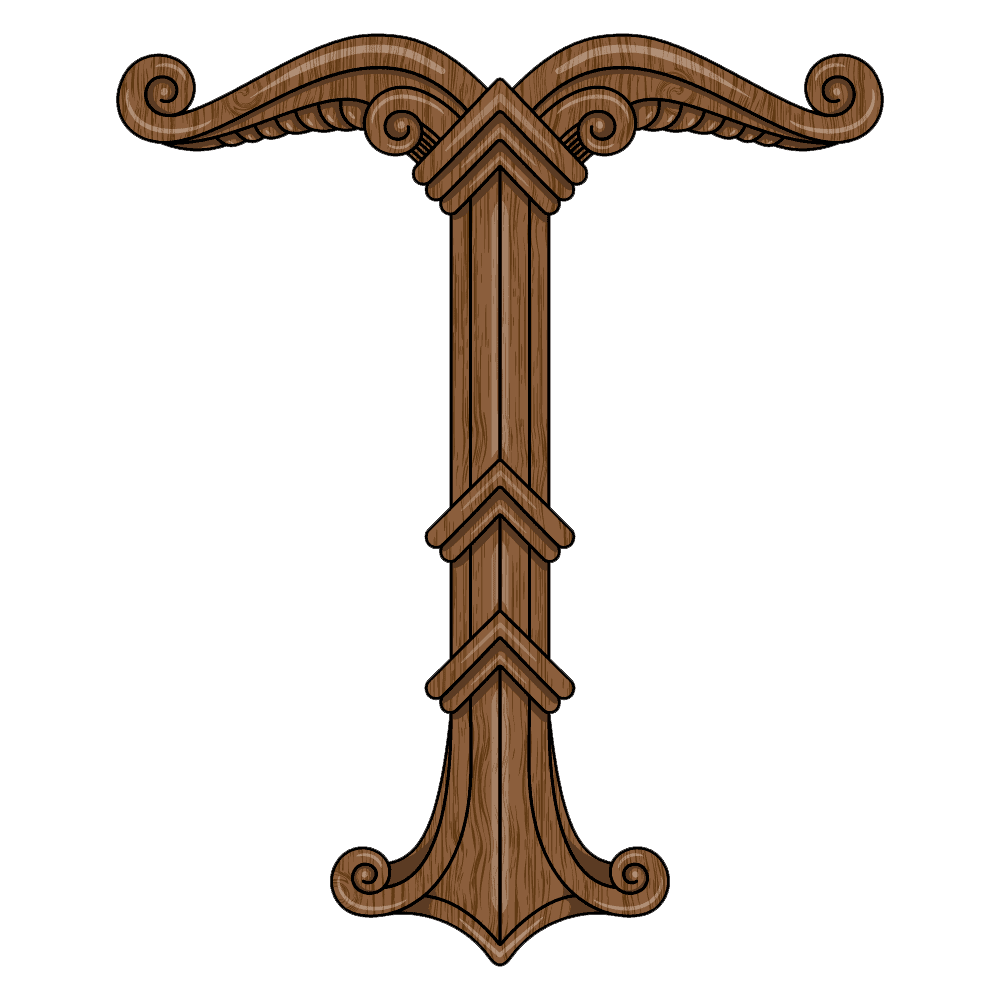

When we study Odin and his work, it becomes somewhat obvious that he is an Archetype of shamanic travel and initiation. He can alter his state of mind and with Sleipnir on his side, he can travel the shamanic Axis Mundi. He has his two Ravens that can make the mind and spirit fly up high.
This is the language a shaman would or could use in order to describe his experience. It becomes clear that he is a symbol for us, us humans, and our own need to initiate, to change, to evolve ourselves. But that is, in the end, my very own personal interpretation and I cannot claim objective truth. Myths are subjective.
If we choose to trace back the Norse Myths we have several sources, especially from medieval writings inbetween the 11th and 17th Century. The most popular and widely known are of course the medieval Poetic and Prose Edda compiled as late as the 13th Century.
This means that these stories were written long after Christianity spread into northern Europe and most likely are also written from a Christian perspective or influence. Then we have archaeological finds and Runestones with several references to Mythology. But the Germanic and Celtic people were of an oral tradition, passed down from generation to generation. Snorri Sturluson was most definitely influenced by his christian beliefs, especially when we read references to Loki or Hel.
If you received value from this free content, perhaps you’d like to support us by checking out our digital magazine? No subscription, pay per issue 🙂
Then we have the Roman writings: Tacitus "Germania", Julius Caesar "De Bello Gallico"
and the Roman historian Tacitus coined the phrase, “Interpretatio Romana”. This was almost 1,000 years before Snorri Sturluson compiled his work for the Eddas. It was a Roman attempt to identify and associate the Gods of the “Paganus” with the Roman Pantheon. The Roman Empire surely had its negative impact, but without these works today, we would have not much left at all. It’s when Tacitus made an attempt to identify the Germanic Wotan as the Roman Mercury and Tyr as the Roman Mars. Julius Caesar said in his commentary on the Gallic wars:
"Among the gods, they most worship Mercury. There are numerous images of him; they declare him the inventor of all arts, the guide for every road and journey, and they deem him to have the greatest influence for all money-making and traffic. After him they set Apollo, Mars, Jupiter, and Minerva. Of all these deities they have almost the same idea as all other nations: Apollo drives away diseases, Minerva supplies the first principles of arts and crafts, Jupiter rules the empire of heaven, Mars controls wars. ...The Gauls affirm that they are all descended from a common ancestor, Dis, and say that this is the tradition of the Druids"
Caesar 6.17-18

We don’t really know how these legends started. But what is surprising is how similar legends and myths from very different cultures are to each other. It is true that each culture might have developed their own myths. In Europe, Norse-Germanic, Celtic, Roman, Greek, Slavic Mythology goes back to the Proto-Indo-European religion and perhaps, in some cases and isolated parts, some remnants go even back to Old Europe’s cultures, as is the case with the Basque people who are not Finno-Ugric and speak a Pre-Indo-European language. If Wotan is of PIE-origin is still not clearly understood.
But there always seem to be at least a few similarities which makes the study of comparative mythology very interesting. According to the hypothesis of Michael Witzel, a Harvard University linguist and philologist, many of these mythologies around the world, might have a common origin or ancestor. Of course, this is an hypothesis.

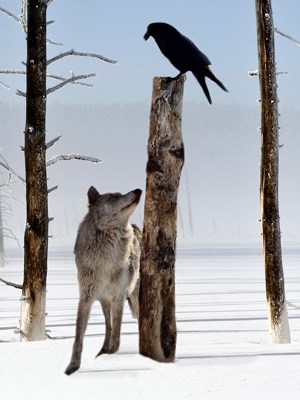
But it is interesting enough to share it here. According to him, there might have been some type of Proto-language possibly deriving from the Paleolithic and a Proto-Mythology that began spreading during the Stone Age.
I personally do see for example that the very concept of the Axis Mundi can be found in Norse and Germanic Mythology, Yggdrasil, all the way into Siberia, Asia and into the Americas. I see connections. From where and how old these Myths are, we don’t really know.
Some shamanic tribes of Siberia call their world-tree “Tuuru”, in Norse Mythology it’s called “Yggdrasil” and “Irminsul”. We can find “world-trees” in Africa, Asia and in the Americas as well. They have been connected to shamanic intiation, as Odin initiated himself while hanging on Yggdrasil, in many different cultures. It isn’t unique or exclusive to Germanic tribes.
But the research, the study of Mythology via the comparative method and Archaeomythology as proposed by Archaeologist Marija Gimbutas is something I’d like to recommend to everyone interested in Paganism. Exploring these ancient myths will reveal the spirit of an animistic nature and universe, where everything is alive and ancient cultures and people saw and felt the sacred and divine within us, the mountains, the forests, deserts and oceans. This is the beauty and mystery we try to express here at The Wicked Griffin. Germanic, Celtic, Italic, Slavic, Indo-Iranian, Armenian… all these cultures had Ancestors, too. And these Ancestors often come from a traditional shamanic culture, from hunter-gatherers and their interaction with a spiritual nature.
Please read here for more information on Comparative Mythology

